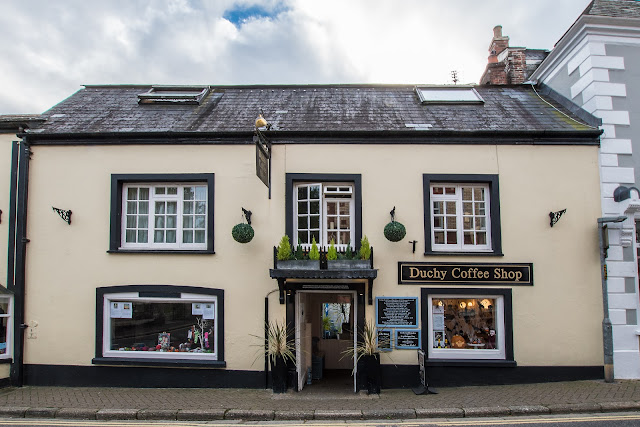Lostwithiel, Fowey then onto Golitha Falls

Thursday started as an easy morning looking, and finding, a local Geocache with Izobelle and Rosey. Afterwards we went for coffee and cake to the Duchy Coffee shop near by. It had looked very tempting from the outside and we were not disappointed. Coffee and cake digested, on the way back I took a picture of St Bartholomew Church near the house. The present church at Lostwithiel was mainly built around 1300, though first mentioned in about 1220. Before this, Lostwithiel inhabitants had to climb the steep hill to Lanlivery or go down river to St Winnow to worship. Built in the Early English (or first Gothic) style when the town was a prosperous river port, Lostwithiel church stood at the top of a medieval triangular marketplace. The Duchy Palace and river crossing were at the lower end of this space. Most Cornish churches were enlarged in the late medieval and Tudor period when the tin industry started to generate wealth, but not Lostwithiel. A new churchyard cr...


